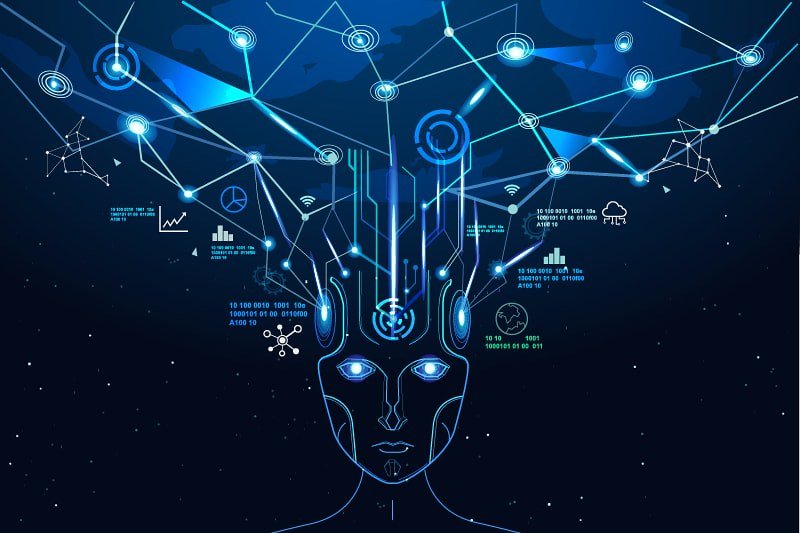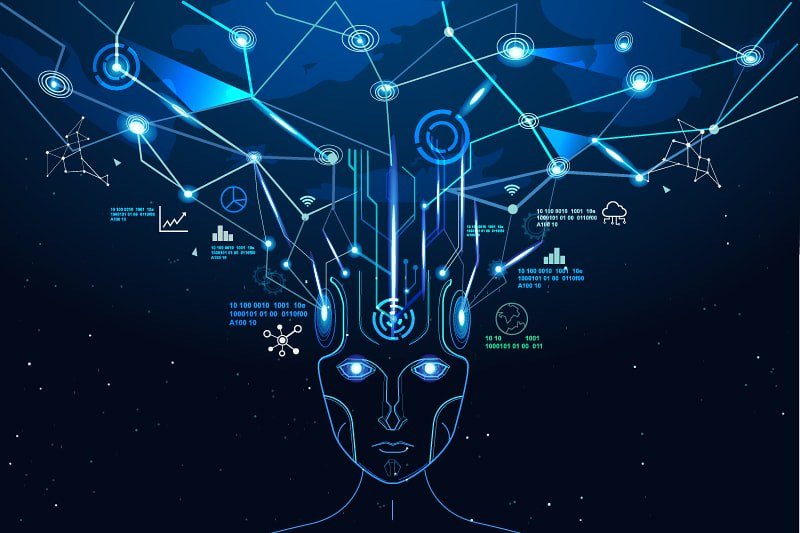
In the dynamic environment of artificial intelligence, OpenAI’s Q-STAR came as a byword of innovativeness to gain the attention of both proponents and vilifiers. Also known as Q* and pronounced “Q star,” this project marked a significant milestone on the way to artificial general intelligence . So, what is Q-STAR, and why should one care about its conceptions? Let us delve deeply and clarify the misconceptions about this striking project.
What is Q-STAR?
Q-STAR is an upgraded AI model created by OpenAI developers to solve new complicated math problems that people had not yet asked the model to solve . The ability to analyze math of a grade-school level is more than a capacity of the glorified pocket calculator and proves that this model has potential for general reasoning. On balance, solving math problems stands as a hallmark of reasoning, and any machine equipped with this function has the potential to solve other types of tasks based on existing information, such as writing a code or making a conclusion out of a news article.
Significance of Q-STAR
Q-STAR’s q-type reasoning system represents a novel approach to problem-solving. While traditional models use pattern recognition, Q-STAR applies step-by-step reasoning techniques that duplicate the manner humans use to solve complicated problems. Any person analyzes a tax quantity and keeps running tabs and might plan several steps ahead, and this more humanlike behavior might be extracted and applied across the life sciences. Notably, Q-STAR can become a panacea for doubt and spark inquiring minds to explore more complicated problems with more powerful systems.
Dispelling Myths
In the peak of the buzz about Q-STAR, there is a need to separate the wheat from the chaff. Despite reports that slammed Q-STAR as a humanity-threatening AI, the experts doubted the statements. The reality is that, while impressive, Q-STAR is just another en route to AGI rather than a superweapon capable of destroying the universe. Consequently, one should muster up the psychological approach and benefit from the specific upgrade of AI. For example, with the further development of Q-STAR, OpenAI developers might create a more stable and more powerful system capable of stepwise and entropy-reducing changes that would bring it closer to providing better fits to the data.
What are the limitations of Q-STAR?
When one get into the specifics about Q-STAR, the big language model (LLM) products like to rely on that humungous database in order to produce knowledge,so its understanding can be at best only of what is in the training set. This is one limitation.
Once trained, Q-STAR ‘s knowledge is fixed; it cannot update its knowledge base and hence an agreement may turn suddenly out-of-date or irrelevant. This is another limitation of OpenAI’s product that flies in the face of modern educational theory.
The model may struggle to understand deeper context or intent behind complex queries. This is a common problem for AI systems employed today.
Although Q-STAR can solve problems in a step-by-step manner, this method is still in its infancy. It may not suit all kinds of problems.
Scaling the model up is a technical problem: how to handle more complex tasks?
Computational Limits on Quantum Computing: To use quantum computers, Q-STAR must scale up to handle quantum computers, which are currently noisy and imperfect in their capabilities.
These limits, as we have seen, show the constant problems faced by disciplines such as artificial intelligence. It requires ongoing research and development.
Conclusion
To sum it up, OpenAI’s Q-STAR is quite a remarkable breakthrough in the domain of AI. This model formulates a major advance made with regard to improving the ability of machines to reason and resolve problems. However, it is not a universal solution in terms of attaining AGI capabilities. Still, it is a move in the proper direction and gives an idea of what the future of intelligent systems will look like. The bottom line is that, no matter how far Q-STAR has advanced, the path towards AGI is as exciting as it is uncertain.
